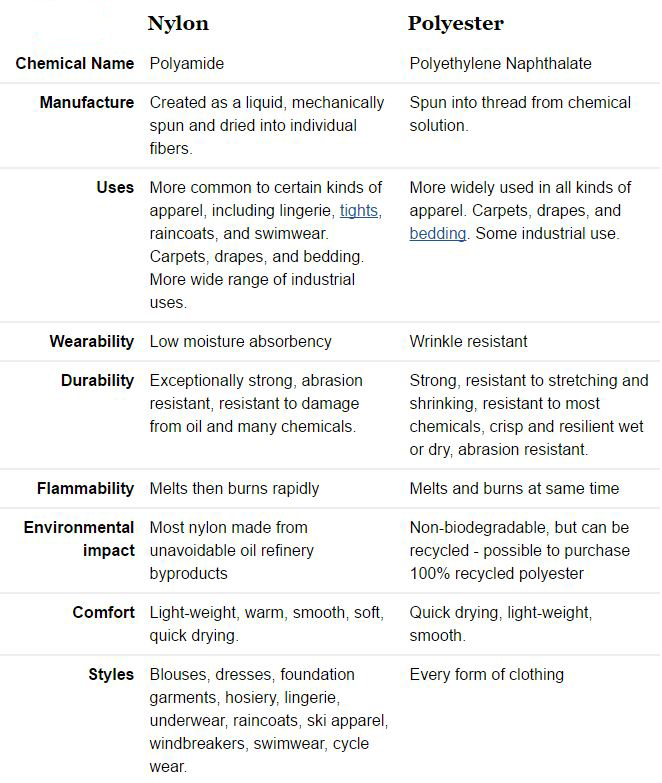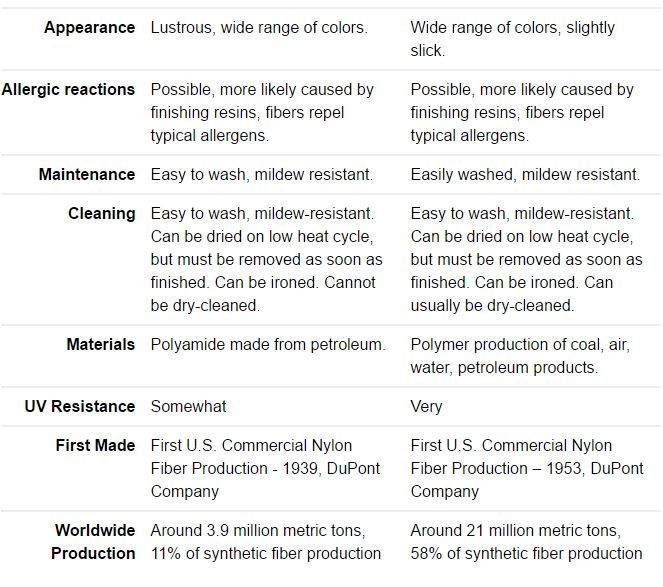What Is the Difference Between Nylon and Polyester?
Introduction
Nylon and polyester are two of the most commonly used synthetic fabrics in the world. Both materials have their own unique set of advantages and properties, which make them suitable for different applications. In this article, we will explore the key differences between nylon and polyester.
Nylon
Nylon is made from polyamide, which is a synthetic polymer that was first developed in the 1930s. It is a more expensive material to produce than polyester, which makes it pricier for the consumer. However, nylon has a number of properties that make it ideal for certain applications. For example, it is highly durable and weather-resistant, which is why it is commonly used in outdoor apparel or gear. Nylon is also more flame retardant than polyester and is stronger, making it ideal for applications that require a high level of strength.
Polyester
Polyester, on the other hand, is made from a type of polymer that contains ester. It is less expensive to produce than nylon, which makes it more affordable for consumers. While polyester is not as strong as nylon, it does have a higher heat-resistance than nylon, which makes it ideal for applications that require good insulation. Polyester is also highly versatile, which makes it suitable for a wide range of applications.
Conclusion
While nylon and polyester are both synthetic fabrics, they have distinct differences in terms of their properties and applications. Nylon is more durable, weather-resistant, and has a higher level of flame retardancy, making it ideal for outdoor apparel or gear. Polyester, on the other hand, is more heat-resistant, which makes it ideal for applications that require good insulation. Understanding the differences between these two materials can help you make the right choice for your specific needs.



